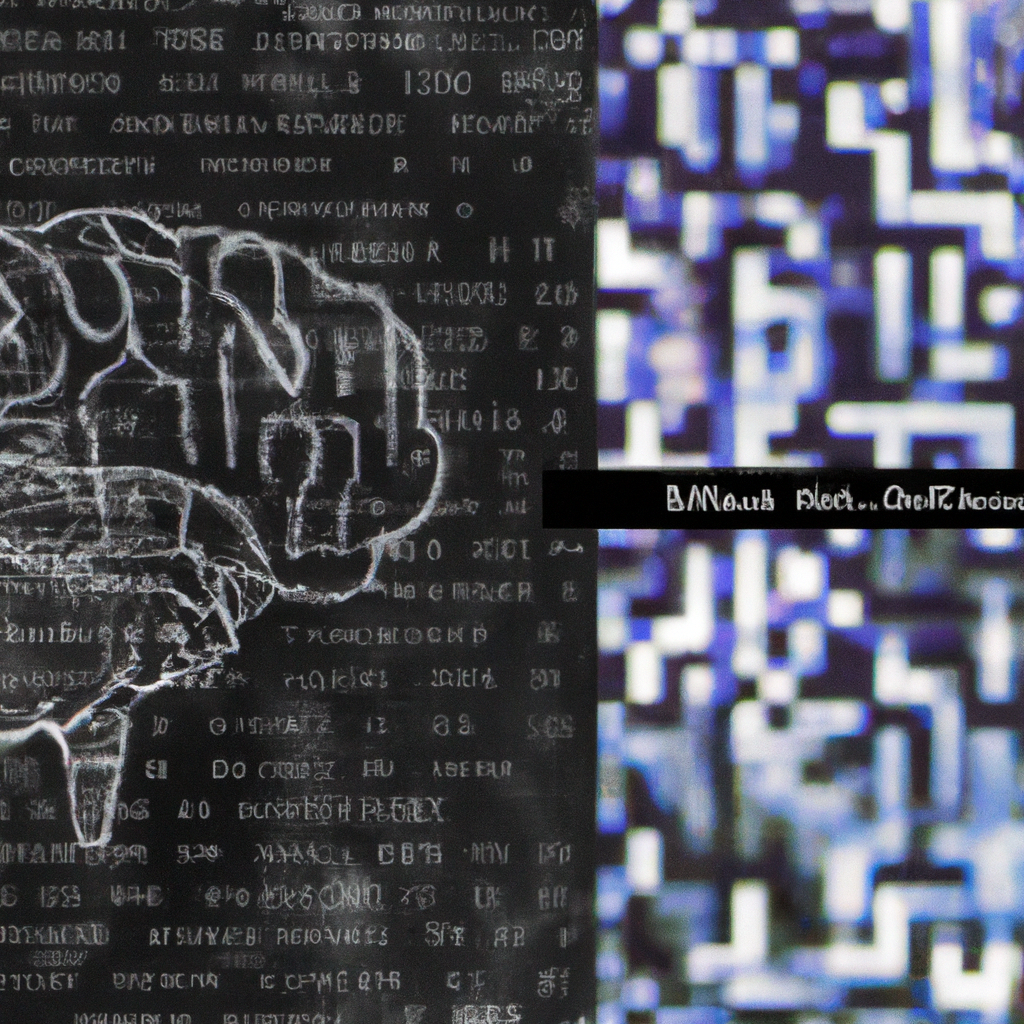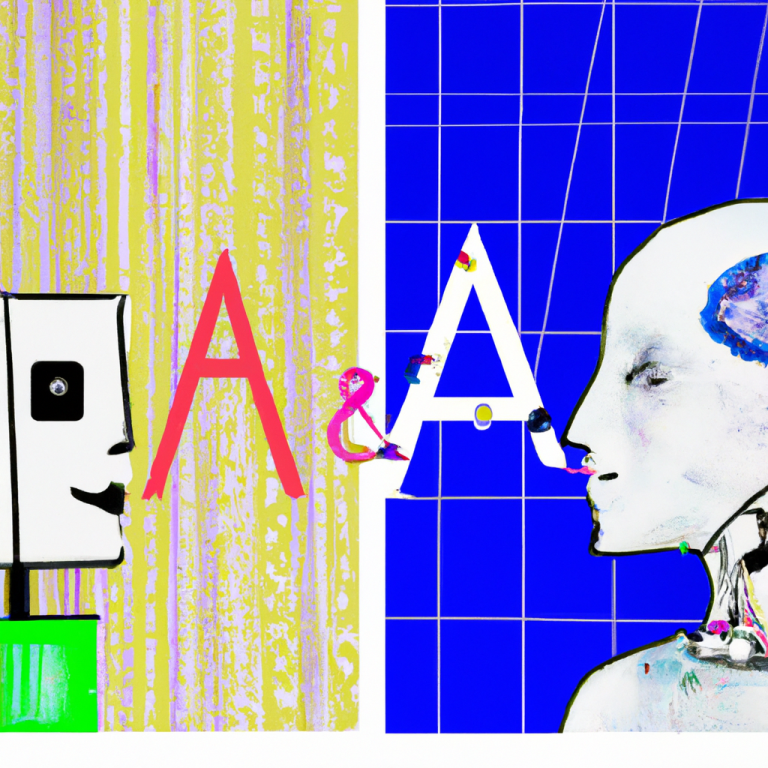Functional Magnetic Resonance Imaging (fMRI) and Artificial Intelligence (AI) are two exciting fields that have the potential to revolutionize our understanding of the brain and how it works. By combining the power of fMRI with AI, researchers can gain insights into the inner workings of the brain with unprecedented accuracy and detail. In this post, we’ll explore the intersection of fMRI and AI and how it is shaping the future of neuroscience.
What is fMRI?
Functional Magnetic Resonance Imaging (fMRI) is a type of brain scan that detects changes in blood flow in response to brain activity. It works by measuring the amount of oxygen-rich blood in different parts of the brain, which indicates where brain activity is taking place. This information is used to create detailed images of brain activity during specific tasks or activities.
What is AI?
Artificial Intelligence (AI) is a broad term that refers to computer systems that are designed to perform tasks that normally require human intelligence, such as visual perception, language understanding, decision-making, and problem-solving. AI systems learn from large amounts of data and improve their performance over time.
How do fMRI and AI work together?
By combining fMRI with AI, researchers can analyze large amounts of brain data to identify patterns and relationships that are difficult to detect by human experts alone. AI algorithms can learn to recognize subtle patterns in brain activity that are associated with specific tasks or experiences, such as recognizing faces, processing language, or experiencing emotions.
One example of AI and fMRI working together is in the field of functional connectivity analysis. Functional connectivity refers to the degree to which different brain regions communicate and work together. By analyzing large amounts of fMRI data, AI algorithms can identify patterns of functional connectivity that are associated with different cognitive processes or mental states. This information can be used to develop new treatments for neurological disorders or to improve our understanding of how different parts of the brain work together to produce complex behaviors.
Another example of AI and fMRI working together is in the field of predictive modeling. Predictive modeling refers to the development of mathematical models that can predict future outcomes based on past data. By using AI algorithms to analyze fMRI data, researchers can develop predictive models that can predict how different individuals will respond to different treatments or interventions. This could lead to more personalized treatments for neurological disorders or more effective ways to train the brain.
Conclusion:
Functional Magnetic Resonance Imaging (fMRI) and Artificial Intelligence (AI) are two powerful tools that can be used to gain insights into the inner workings of the brain. By combining these tools, researchers can develop new treatments for neurological disorders, improve our understanding of how the brain works, and unlock new insights into the mysteries of the mind. The future of neuroscience is bright, and the combination of fMRI and AI is sure to play a major role in shaping it.



